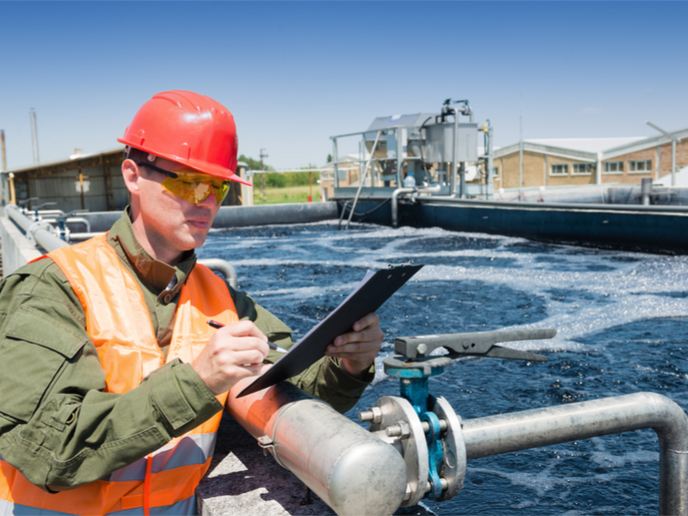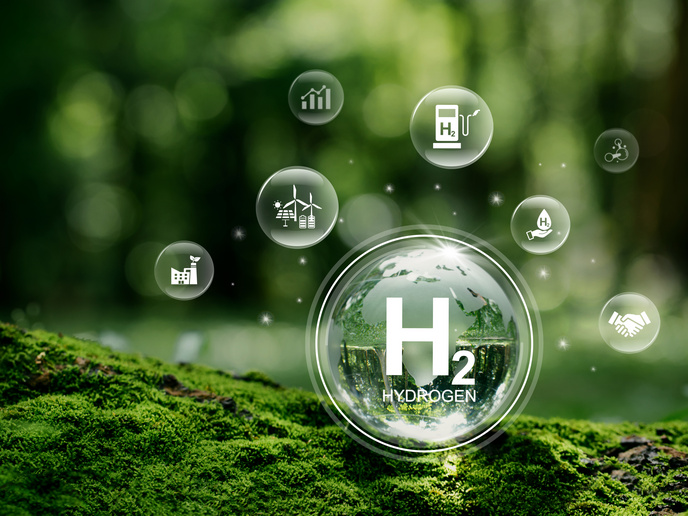New materials remove organic pollutants from wastewater
New advanced technologies capable of improving or replacing conventional processes in wastewater treatment are necessary due to the growing number of xenobiotics present in aquatic systems at low concentrations, typically in the micromolar or nanomolar range. Xenobiotics are chemical compounds that are foreign to plant and animal life because they do not naturally produce them. They include organic and synthetic compounds derived from sources such as pharmaceuticals and are not easily removed by traditional water treatment procedures. Although present in small amounts, xenobiotics can accumulate and potentially affect aquatic ecosystems and human health at large. Currently, the removal of xenobiotics with conventional wastewater treatment processes is not always effective.
Application of new materials
Undertaken with the support of the Marie Skłodowska-Curie programme, the EU-funded MAT4TREAT project managed different approaches on the use of innovative materials and processes for water treatment. Scientists focused on the removal of ‘contaminants of emerging concern’, which include organic and synthetic compounds, derived from new sources such as pharmaceuticals that are becoming a major issue for citizens’ health. The work was conducted by world leaders in the fields of graphene-based and other carbon-related materials, polymeric materials, oxidic ceramic materials, and hybrid inorganic-organic materials. Consortium members comprised eight universities and two non-academic institutions committed to the development of novel materials for removing emerging pollutants via innovative integrated tertiary treatment of water. “Project partners devoted much of their work to understanding process fundamentals, kinetics and mechanisms, development of new materials, modelling, process integration and scale-up,” says project coordinator Giuliana Magnacca. Scientists studied new materials for use as adsorbents, photocatalysts and active layers for the fabrication of membranes, testing them for pollutant removal from both model aqueous solutions and real water samples. They also developed several categories of materials for use in integrated technology for separation of pollutants from contaminated waters and their subsequent degradation.
Cost-effective and environmentally friendly
Researchers built two lab-bench devices for validating this approach. The devices are made of a membrane that acts as a filter, separating the contaminants from water. “The membranes are made of or contain materials that are activated by sunlight to produce active species capable of degrading contaminants to achieve their complete abatement,” Magnacca explains. “Magnetic materials are also employed to entrap the contaminants when they are properly activated by the presence of organic molecules. After use, they can then be removed very easily from water by a magnet.” “Once the best technology has been tested, it is possible to scale up the process in a pilot plant treating large volumes of water,” comments Magnacca. MAT4TREAT has successfully developed innovative low-cost materials for removing organic pollutants from wastewater. “In some cases, they are derived from humic substances extracted from composted refuses, therefore petroleum-free sources are employed for their production. Moreover, the use of humic waste, thereby valorising the organic component of refuse, supports the actions of citizens who separate their domestic waste,” Magnacca points out.
Keywords
MAT4TREAT, xenobiotics, membrane, wastewater, organic pollutant, pharmaceuticals, tertiary treatment, contaminants of emerging concern







